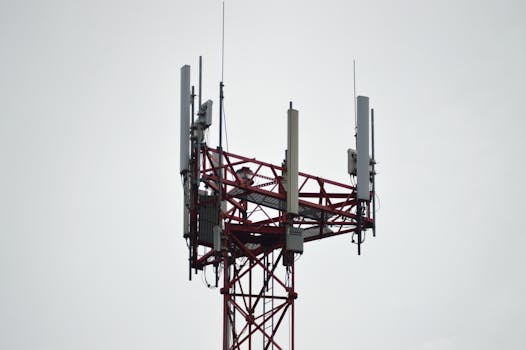
Harnessing the Skies: New Technologies Transforming Satellite Communications
Harnessing the Skies: New Technologies Transforming Satellite Communications has become a vital aspect of modern life, enabling global communication, navigation, and remote sensing. The latest advancements in satellite communications are revolutionizing the way we connect and interact with the world. In this article, we will explore the new technologies that are transforming the satellite communications industry and their impact on various aspects of our lives.
Introduction to Satellite Communications

Satellite communications involve the use of artificial satellites to transmit and receive data, voice, and video signals. The satellite acts as a repeater, amplifying and re-transmitting the signal to the desired location. Satellite communications have been in use for several decades, but recent advancements in technology have made it more efficient, reliable, and accessible.
One of the primary drivers of the satellite communications industry is the increasing demand for global connectivity. With the rise of remote work, online education, and social media, people are more connected than ever before. Satellite communications play a critical role in providing internet access to remote and underserved areas, where traditional terrestrial networks are limited or non-existent.
New Technologies Transforming Satellite Communications

Several new technologies are transforming the satellite communications industry, including advanced satellite designs, propulsion systems, and ground equipment. Some of the key technologies driving this transformation include:
High-Throughput Satellites (HTS): HTS are designed to provide high-speed internet connectivity, with speeds of up to 100 Gbps. These satellites use multiple spot beams to cover a wide area, increasing the overall capacity and reducing the cost per bit.
Phased Arrays: Phased arrays are a type of antenna technology that uses multiple small antennas to steer and shape the beam. This technology enables satellites to provide more precise and flexible coverage, as well as increased capacity.
Advanced Propulsion Systems: New propulsion systems, such as electric propulsion and Hall Effect Thrusters, are more efficient and reliable than traditional chemical propulsion systems. These systems enable satellites to maintain their position and altitude for longer periods, reducing the need for fuel and increasing their lifespan.
Impact of New Technologies on Satellite Communications

The new technologies transforming the satellite communications industry have a significant impact on various aspects of our lives. Some of the key benefits include:
Increased Accessibility: New technologies are making satellite communications more accessible and affordable, enabling people in remote and underserved areas to connect to the internet and access vital services.
Improved Performance: Advanced satellite designs and propulsion systems are improving the performance and reliability of satellite communications, enabling faster data transfer rates and more efficient use of bandwidth.
Enhanced Security: New technologies, such as encryption and secure transmission protocols, are enhancing the security of satellite communications, protecting sensitive information and preventing cyber threats.
Conclusion

In conclusion, Harnessing the Skies: New Technologies Transforming Satellite Communications is revolutionizing the way we connect and interact with the world. The latest advancements in satellite communications are transforming the industry, enabling global connectivity, and improving the performance, security, and accessibility of satellite communications. As the demand for global connectivity continues to grow, the satellite communications industry will play an increasingly important role in providing internet access to remote and underserved areas, enabling economic growth, and improving the quality of life for people around the world.

